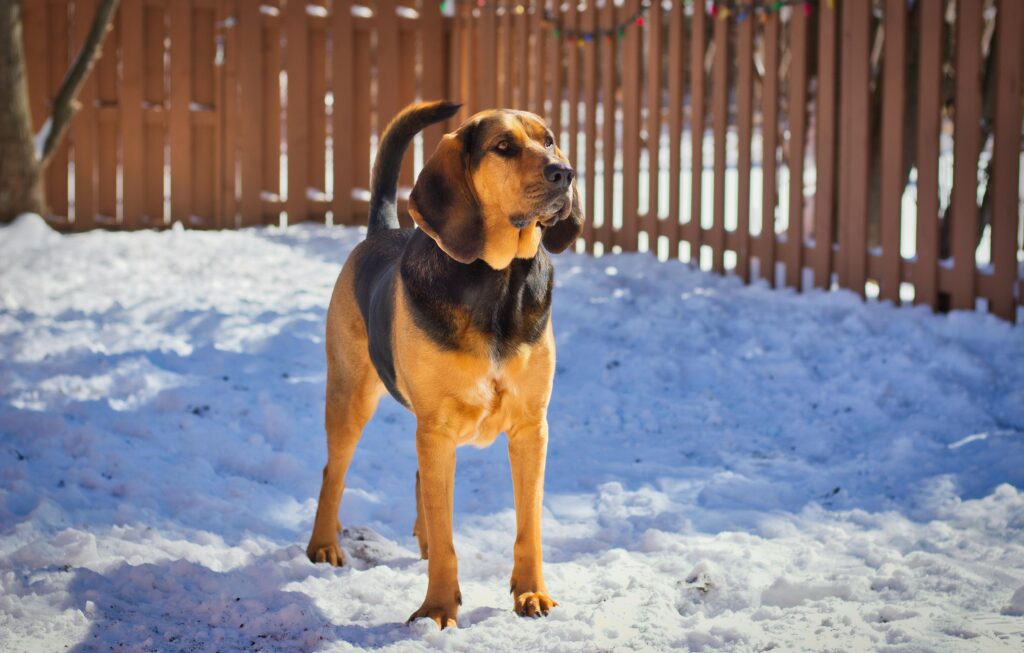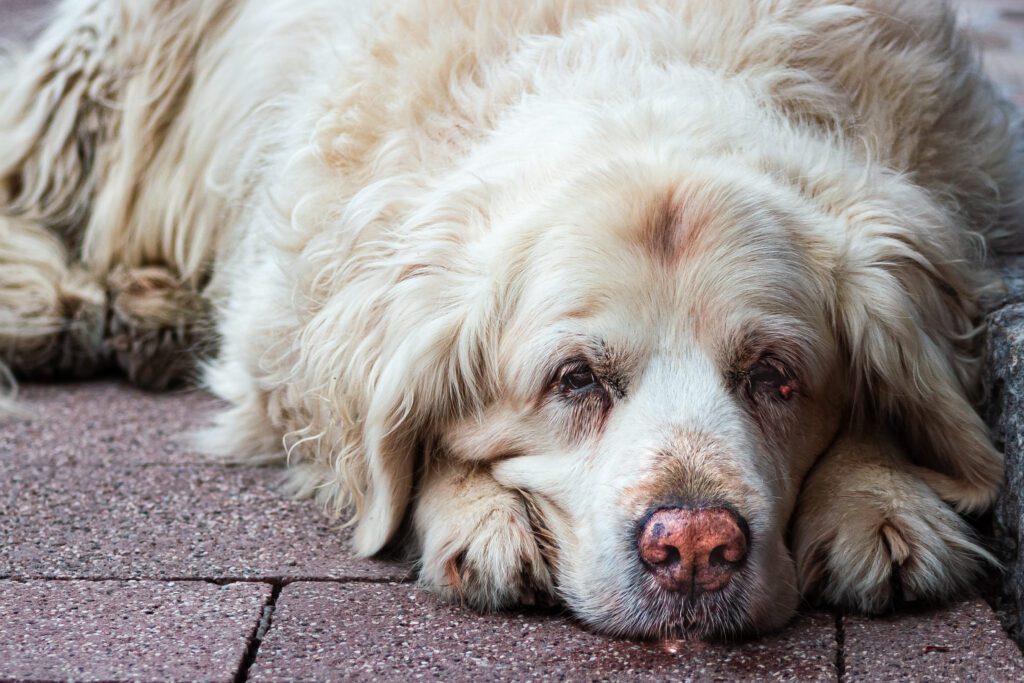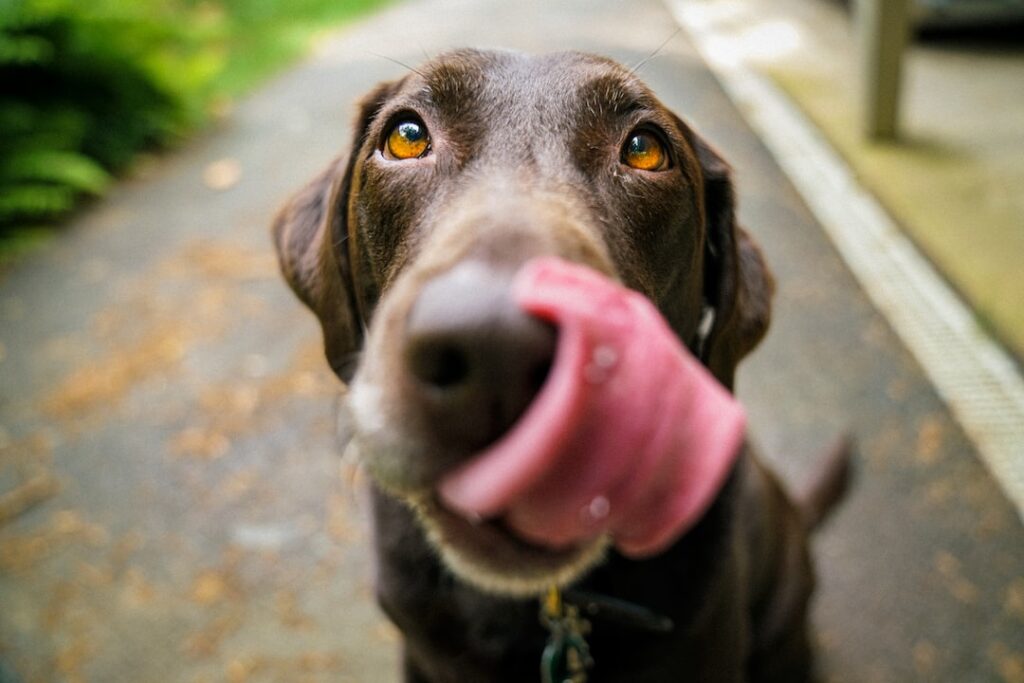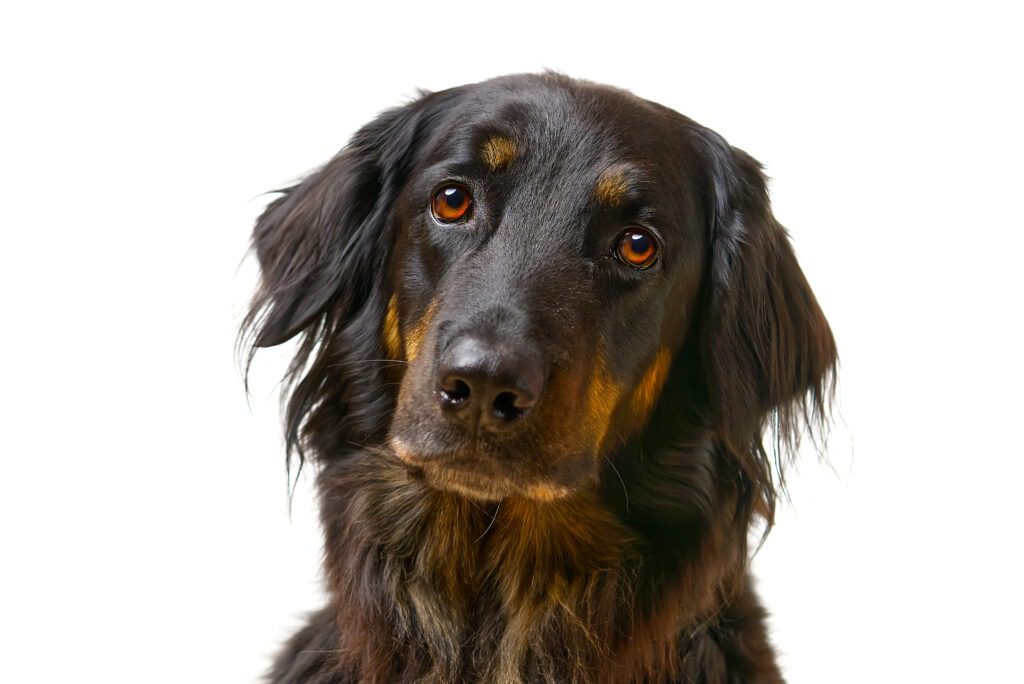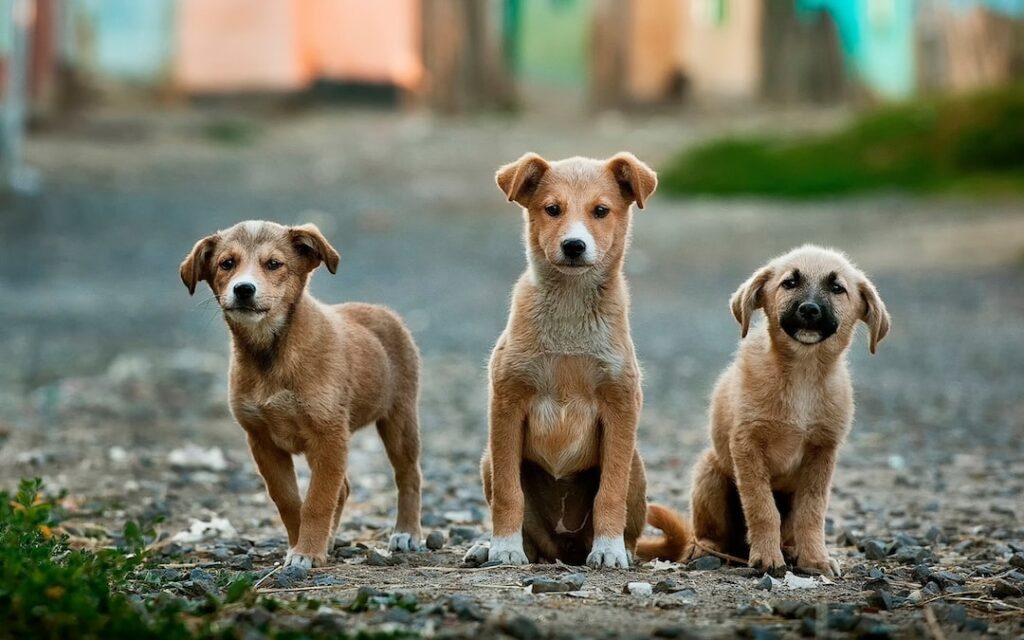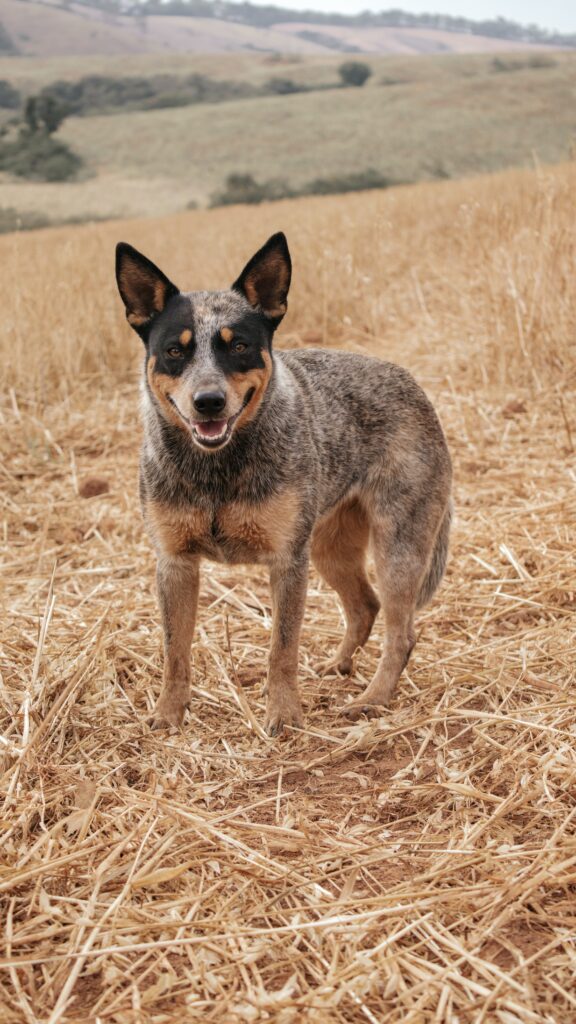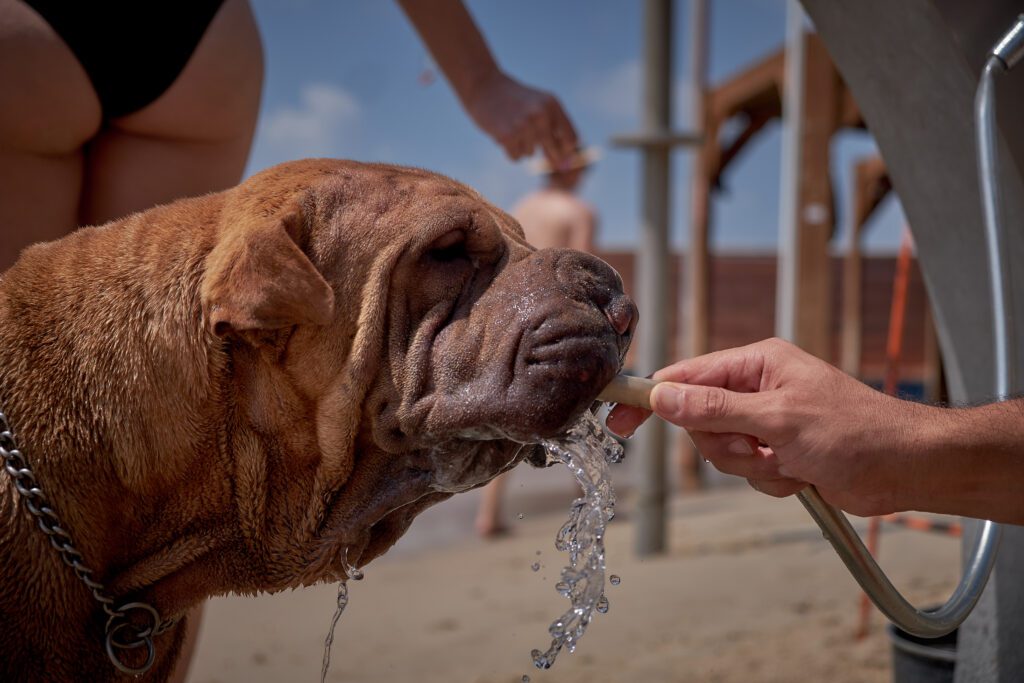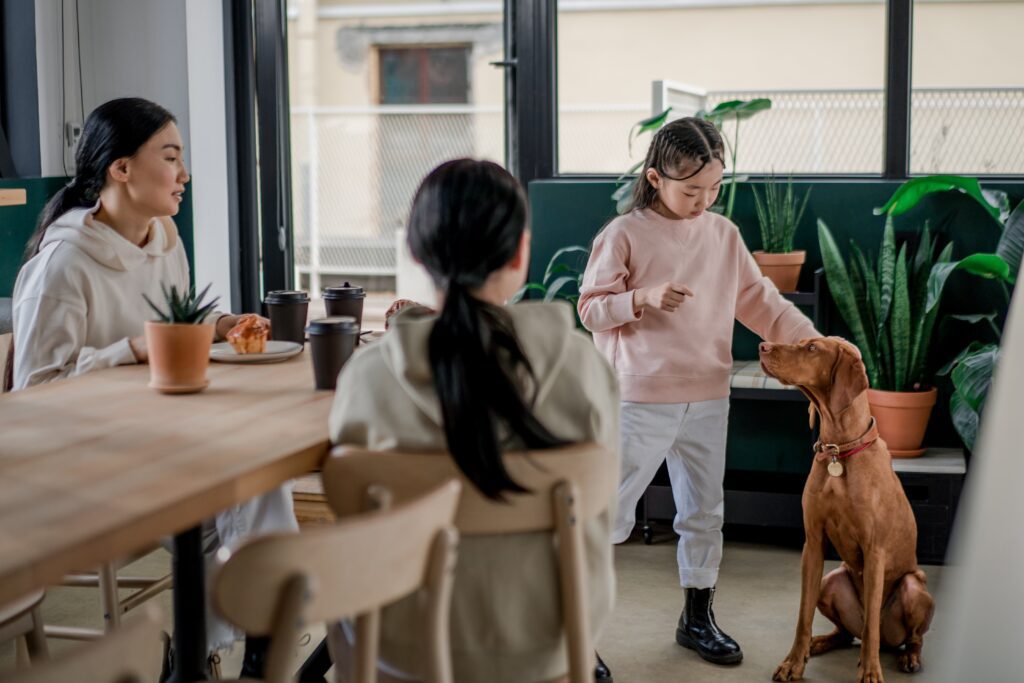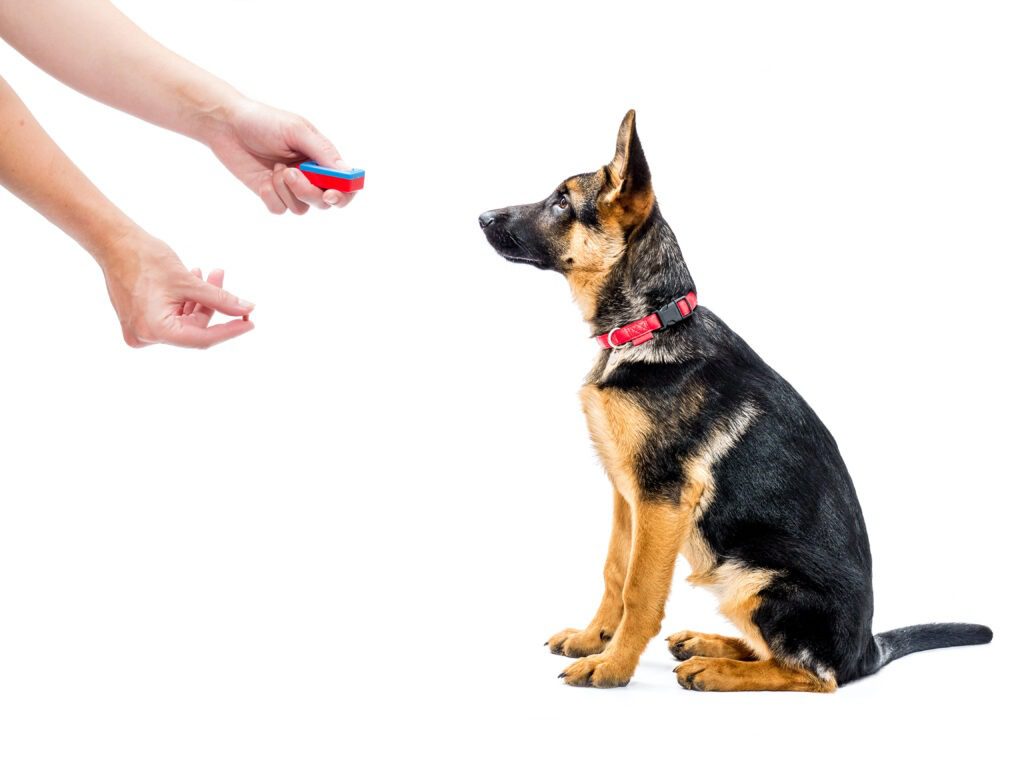Guide to the Bloodhound Dog Breed
The Bloodhound is a large and powerful breed known for its exceptional tracking abilities. With its droopy ears, wrinkled skin, and soulful eyes, the Bloodhound has a distinctive appearance that is both charming and endearing. This breed is often referred to as the “sleuth hound” due to its incredible sense of smell and tracking skills. Bloodhounds are known for their loyalty, intelligence, and gentle nature, making them excellent family pets. History and Origin of the Bloodhound Dog Breed The history of the Bloodhound can be traced back to ancient times. It is believed that this breed originated in Belgium or France and was developed by monks in monasteries. The Bloodhound’s ancestors were likely brought to Europe by the Romans, who used them for hunting purposes. Over time, the breed was refined and perfected, resulting in the Bloodhound we know today. Physical Appearance and Characteristics of the Bloodhound Bloodhounds are large dogs, with males typically weighing between 90-110 pounds and females weighing between 80-100 pounds. They have a strong and muscular build, with a deep chest and broad shoulders. The Bloodhound has a short and dense coat that is weather-resistant. They come in various colors, including black and tan, liver and tan, and red. Some Bloodhounds may also have white markings on their chest, feet, or tail. One of the most distinctive features of the Bloodhound is its droopy ears, which hang low on either side of its face. The breed also has loose skin that forms wrinkles around its face and neck. Their eyes are large and expressive, giving them a soulful look. Temperament and Personality Traits of the Bloodhound Bloodhounds are known for their loyalty and affection towards their families. They form strong bonds with their owners and are often described as gentle giants. Despite their large size, Bloodhounds are generally very gentle and patient, making them great companions for families with children. While Bloodhounds are intelligent dogs, they can also be quite stubborn. This can make training a challenge, but with patience and consistency, they can be trained to follow commands. It is important to use positive reinforcement methods and reward-based training techniques with this breed. Bloodhounds have a strong independent streak and can be quite stubborn at times. They have a mind of their own and may not always listen to commands. It is important for owners to establish themselves as the pack leader and provide consistent training and boundaries. Training and Exercise Requirements for Bloodhounds Obedience training is essential for Bloodhounds, as it helps establish boundaries and ensures they are well-behaved members of the family. It is important to start training from a young age and use positive reinforcement techniques. Bloodhounds respond well to treats and praise, so using these rewards can help motivate them during training sessions. Bloodhounds have an exceptional sense of smell and are often used in search and rescue operations. They excel in scent work and tracking activities, so providing them with opportunities to use their nose can be beneficial. This can include activities such as hide-and-seek games or participating in scent work classes. Despite their large size, Bloodhounds do not require excessive amounts of exercise. They are generally a low-energy breed that enjoys leisurely walks and playtime in a secure area. However, it is important to provide them with mental stimulation through scent work or puzzle toys to keep them mentally engaged. Health Issues Commonly Found in Bloodhounds Hip dysplasia is a common health issue in large breeds, including Bloodhounds. It is a condition where the hip joint does not develop properly, leading to pain and mobility issues. Regular exercise, a balanced diet, and maintaining a healthy weight can help reduce the risk of hip dysplasia in Bloodhounds. Bloodhounds have long, droopy ears that can trap moisture and debris, making them prone to ear infections. It is important to regularly clean and dry their ears to prevent infections. Additionally, regular veterinary check-ups can help identify and treat any ear issues early on. Bloat, also known as gastric torsion, is a serious condition that can affect deep-chested breeds like the Bloodhound. It occurs when the stomach twists, cutting off blood supply and causing a life-threatening emergency. Feeding smaller meals throughout the day, avoiding exercise immediately after meals, and using elevated feeding bowls can help reduce the risk of bloat. Grooming and Maintenance of the Bloodhound’s Coat Bloodhounds have a short coat that requires minimal grooming. Regular brushing with a soft-bristle brush can help remove loose hair and keep their coat looking shiny. They only need to be bathed as needed, as frequent bathing can strip their coat of its natural oils. Regular nail trimming is important for Bloodhounds to prevent overgrowth and discomfort. Their teeth should also be brushed regularly to maintain good oral hygiene and prevent dental issues. Due to their droopy ears, Bloodhounds are prone to ear infections and require regular ear cleaning. This involves gently wiping the inside of their ears with a damp cloth or using a veterinarian-recommended ear cleaning solution. Feeding and Nutrition Guidelines for Bloodhounds Bloodhounds should be fed a high-quality, balanced diet that is appropriate for their age, size, and activity level. It is important to choose a dog food that is specifically formulated for large breeds to ensure they receive the necessary nutrients. Bloodhounds are prone to obesity, so portion control is important. Feeding them smaller meals throughout the day can help prevent overeating. It is also important to establish a consistent feeding schedule to maintain their digestive health. Treats should be given in moderation and should not make up more than 10% of their daily caloric intake. It is important to choose healthy, low-calorie treats that are appropriate for their size. Additionally, consult with a veterinarian before adding any supplements to their diet. Socialization and Interaction with Other Pets and People Early socialization is crucial for Bloodhounds to ensure they grow up to be well-rounded and confident dogs. Exposing them to various people, animals, and environments from a young age can help
Guide to the Bloodhound Dog Breed Read More »

